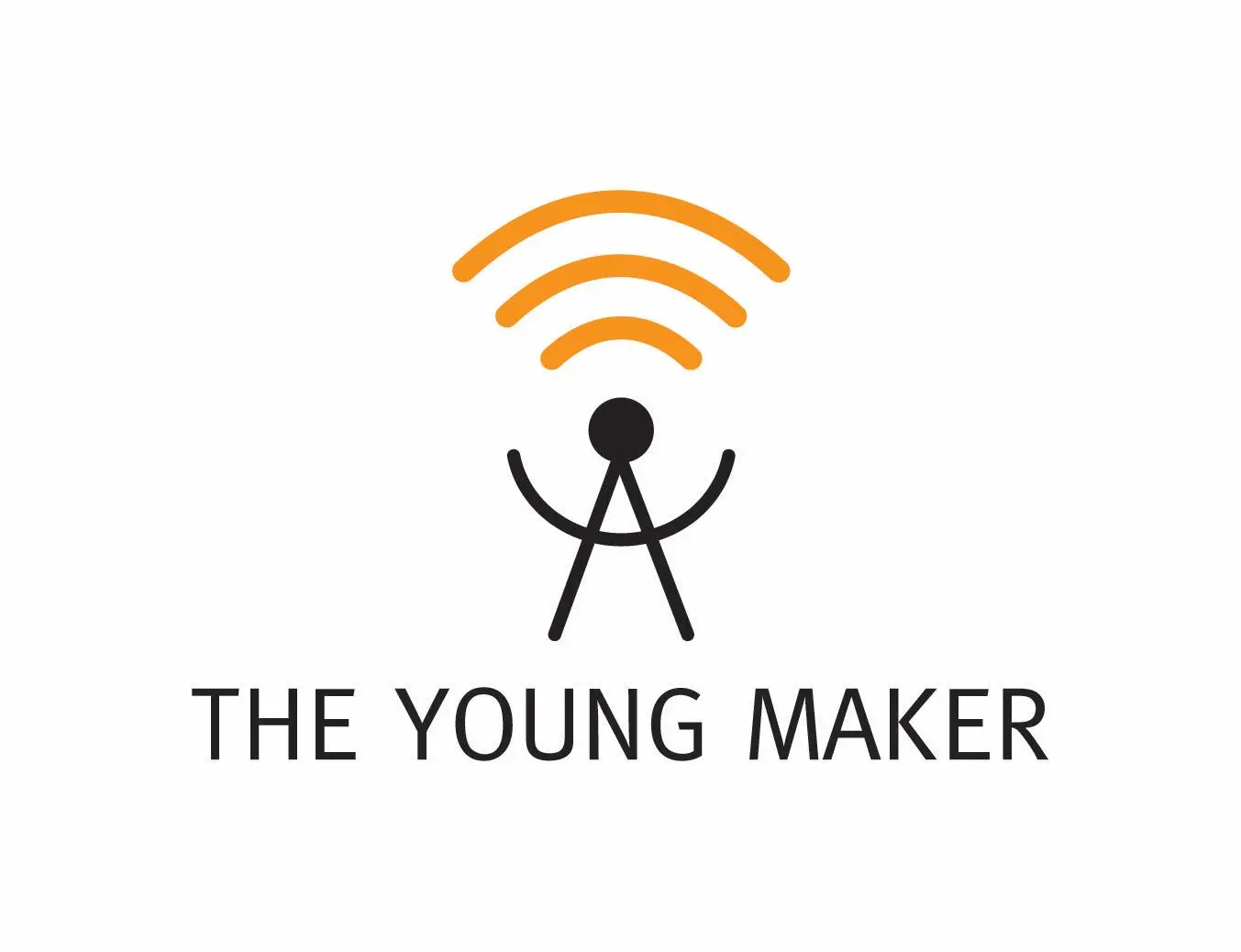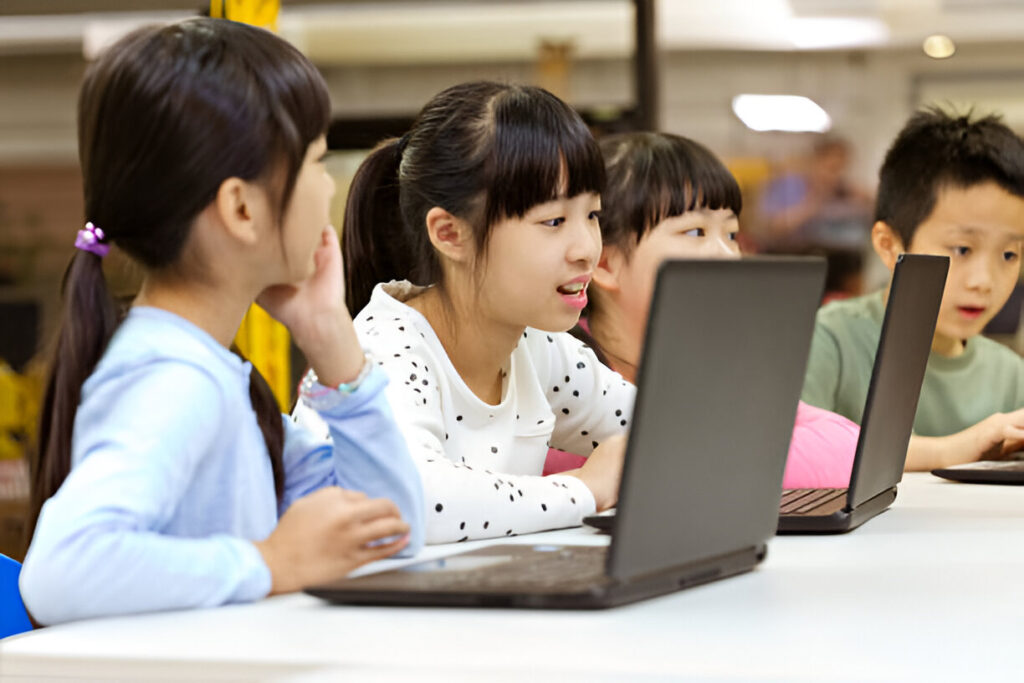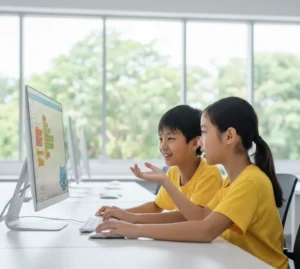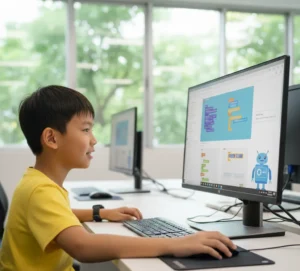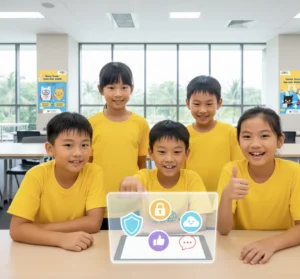Watch a primary school child play. Their world is a whirlwind of boundless imagination and a natural desire to build. They construct towering LEGO castles and draw entire universes with crayons. Now, what if you could hand them a new kind of building block—a digital one—that could bring their wildest ideas to life on a screen?
This is the magic of a coding class in primary school. The primary school years, typically from ages 7 to 12, represent a “golden age” for learning the fundamentals of programming. Their minds are incredibly receptive to new concepts, especially when presented as a form of play. This is the perfect time to introduce them to coding, not as a rigid science, but as a thrilling new medium for creativity as supported by Singapore’s national Code for Fun Enrichment Programme, which offers upper primary students hands-on coding and AI modules in partnership with the IMDA and MOE.
The ‘Golden Age’: Why Primary School Brains are Primed for Coding
During the primary school years, a child’s brain is rapidly developing its capacity for logical reasoning. This is precisely what coding teaches. Introducing concepts like sequence, loops, and conditional logic at this age is incredibly effective because it aligns with their natural cognitive development. They can grasp these foundational ideas intuitively when taught through engaging, visual methods.
The Perfect First Step: The World of Scratch
The key to success is starting with the right tools. Forcing complex, text-based code on an eight-year-old is a recipe for frustration. That’s why platforms like MIT’s Scratch are so revolutionary. Scratch uses a visual, drag-and-drop interface where children connect colorful blocks of code, much like snapping together digital LEGOs. It makes the logic of programming visual, tangible, and incredibly fun.
Section 3: What a Great Primary School Coding Class Feels Like
Step into a well-designed coding class for primary schoolers, and you’ll find it’s anything but a quiet computer lab. The room should be buzzing with energy. You’ll hear kids exclaiming as they make a character dance or solve a puzzle in their game. The learning is driven by fun, thematic challenges, and the instructor acts more like a friendly guide than a formal teacher.
Section 4: Building a Bridge to Secondary School Success
The confidence and skills gained in a primary school coding class provide a powerful bridge to the future. When students who are fluent in Scratch eventually transition to text-based languages like Python in secondary school, the leap is far less intimidating. They already understand the core concepts. This early foundation prevents “tech phobia” and ensures they feel confident and capable.
At The Young Maker, we are specialists in capturing the magic of this golden age of learning. We understand that for primary schoolers, learning must feel like play. Our coding class for primary school students is built entirely around the principles of fun, creativity, and discovery. Our curriculum uses Scratch to let students build amazing projects from day one, ensuring they feel a powerful sense of accomplishment.
Our instructors are experts at connecting with this age group, transforming complex ideas into exciting challenges. We have created a space where young children can fall in love with the process of creation, building a positive and joyful association with technology that will last a lifetime.
Schedule a Coding Class Tailored for Primary Schoolers
The primary school years are a fleeting, precious window of opportunity. By introducing your child to coding now, you are not just giving them a head start in technology; you are nurturing their innate creativity, strengthening their logical mind, and building their confidence as a capable problem-solver.
Let your child experience the joy of bringing their imagination to life. Let them see for themselves that they can be the creator of the games they play. The best way to start is with a single, fun-filled, and inspiring experience.
Frequently Asked Questions (FAQ)
- 1. Is my primary school child too young for a coding class? Not at all! The primary school age is perfect for starting. Using visual, block-based platforms like Scratch, a coding class for primary school focuses on logic and creativity in a game-like way that is perfectly suited for young learners.
- 2. What will my child actually learn? They will learn the fundamentals of computational thinking: how to break down problems, create sequences, and use loops and conditional logic. They will apply these skills to create their own interactive stories, animations, and simple games.
- 3. How can I support my child’s coding journey at home? Encourage curiosity! Play logic games, ask them to show you the projects they built in class, and explore free platforms like Scratch at home together. The key is to celebrate their creations and focus on the fun of building something new.
